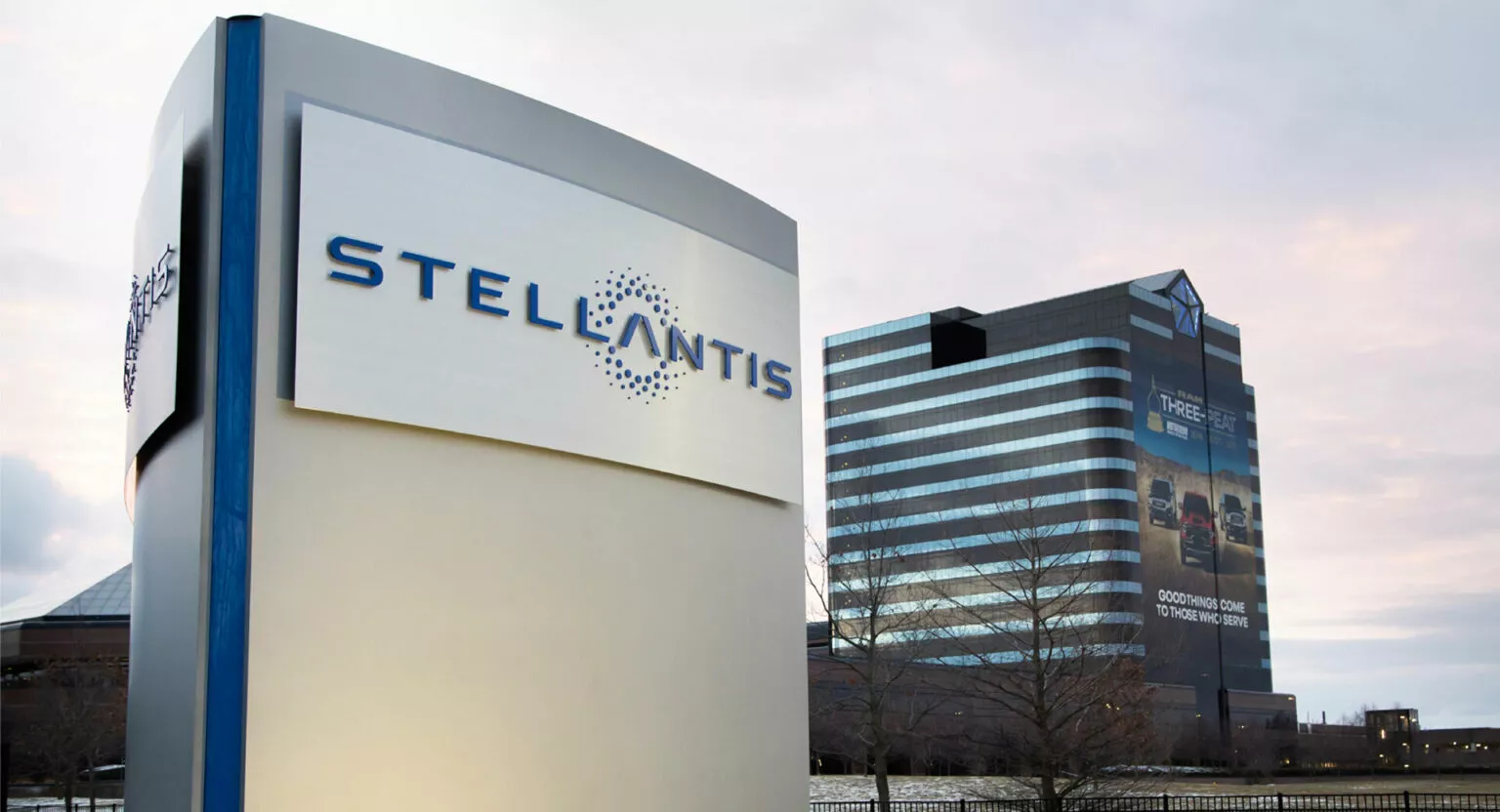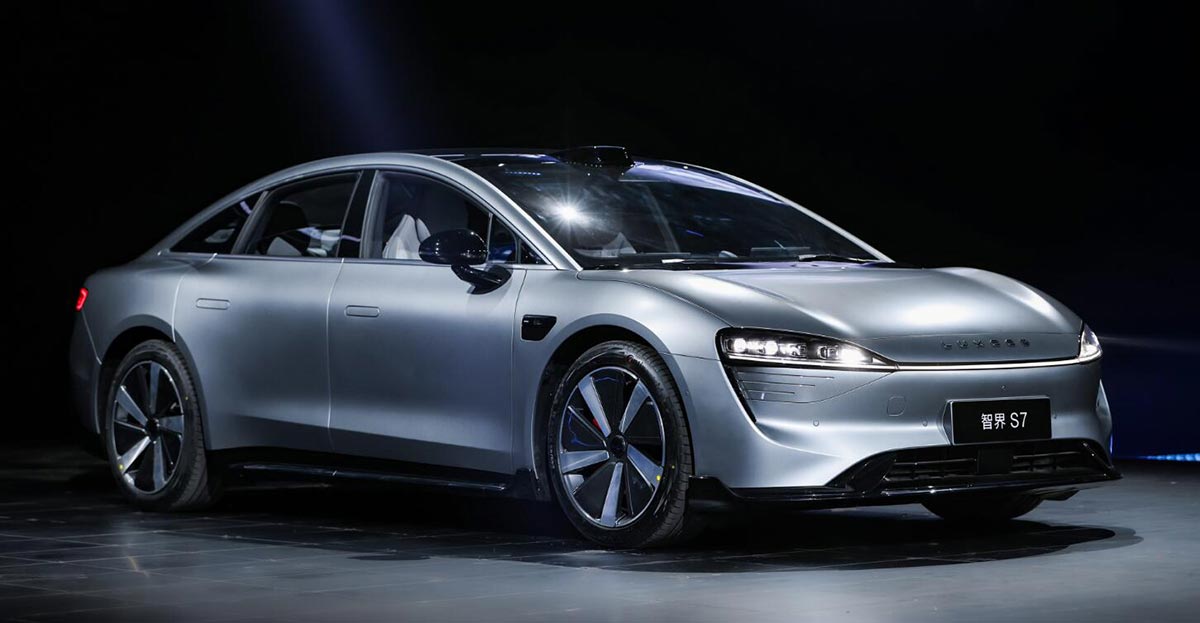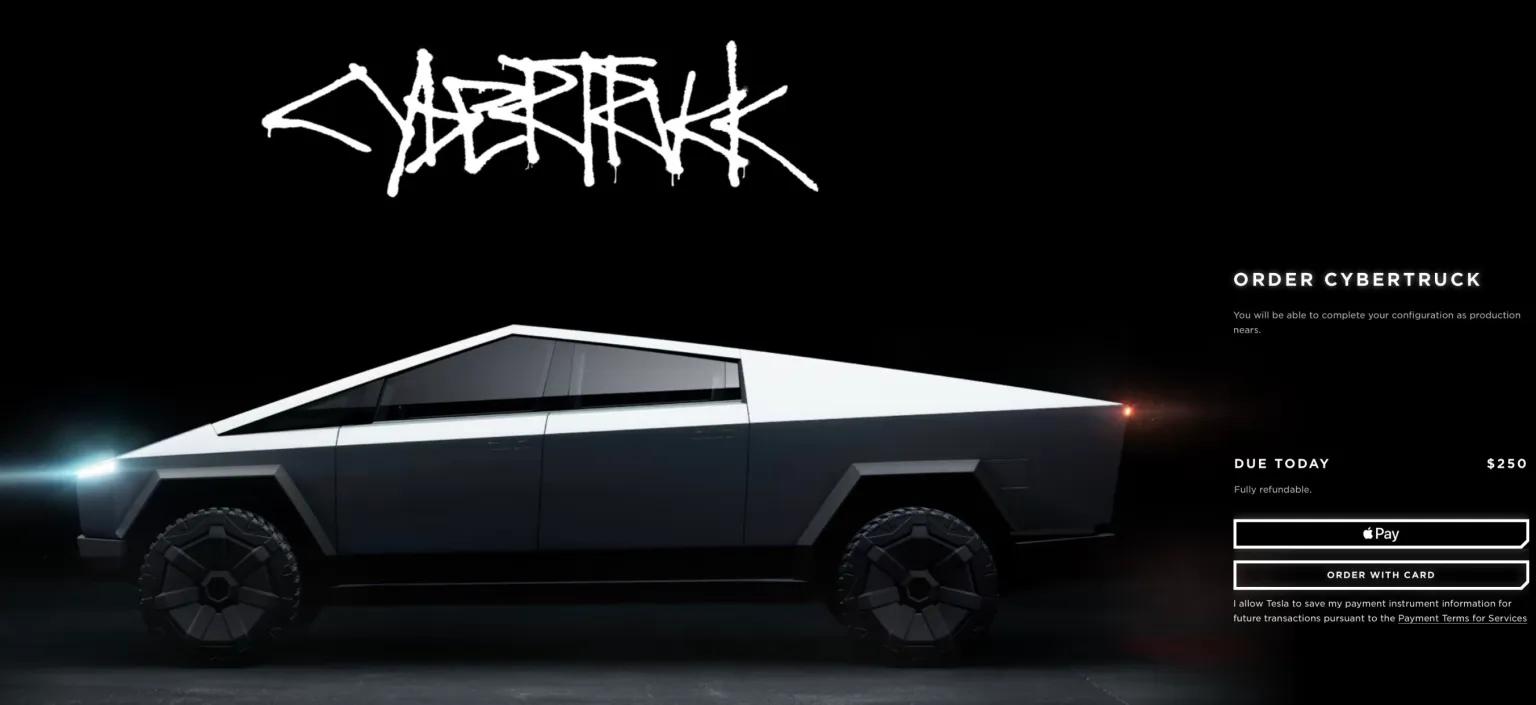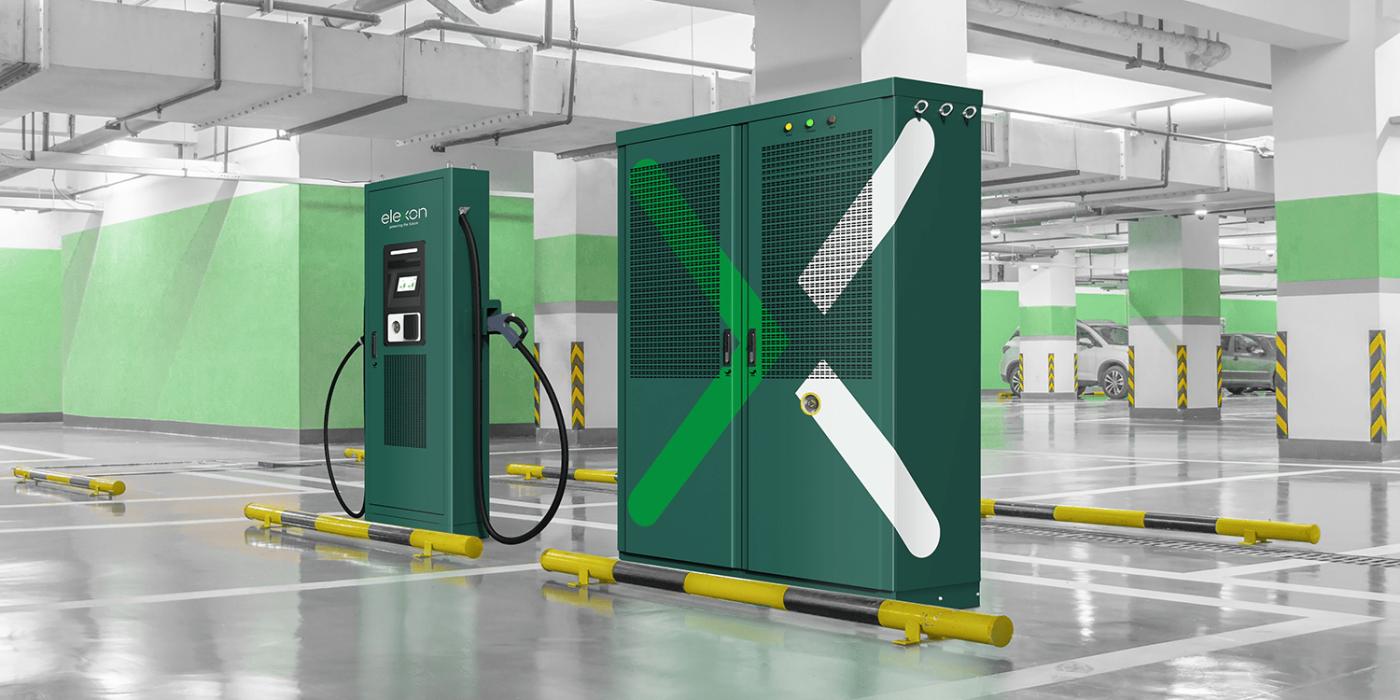The chief executive of Stellantis, Carlos Tavares, has indicated that the multinational automotive company is open to adjusting its electric vehicle (EV) strategy based on the outcomes of key elections in the U.S. and Europe next year.
During discussions with the press at Stellantis’ Mirafiori plant in Turin, Italy, Tavares underscored the company’s attentiveness to the results of the European Parliament elections in June and the U.S. presidential election in November. He acknowledged the possibility of adapting Stellantis’ approach “if political and public opinion tends toward fewer EVs.”
Tavares emphasized the company’s readiness to respond to evolving political landscapes, stating, “There are two important elections next year…It could be that politics will be different then.” He added, “One of my tasks is to prepare the company for new framework conditions. We have plans prepared for this.”
Despite the potential for adjustments based on election outcomes, Stellantis affirms its commitment to a substantial shift toward electrification. A spokesperson confirmed that the company remains steadfast in pursuing its Dare Forward 2030 plan. This initiative aims to transition 100% of European sales to battery-electric vehicles (BEVs) by 2030, with 50% of U.S. sales following suit.
Notably, the European Union has set a target to prohibit the sale of most new combustion vehicles by 2035. In the U.S., California and at least 10 other states also have plans to phase out sales of combustion-powered cars and light trucks by the same year.
Stellantis envisions that a significant portion of its future BEVs will be based on the STLA Small, Medium, Large, and Frame architectures. Additionally, it was recently disclosed that the Citroen e-C3’s new ‘Smart Car’ platform will underpin up to seven new production models across various Stellantis brands, including Fiat and Opel.







